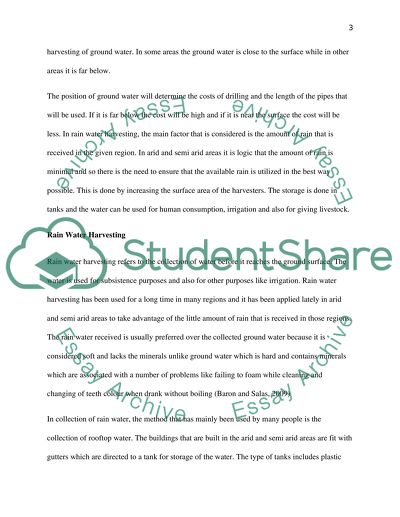Cite this document
(“Water Provision in Arid and Semi Arid Areas Essay”, n.d.)
Retrieved from https://studentshare.org/environmental-studies/1637782-water-provision-in-arid-and-semi-arid-regions
Retrieved from https://studentshare.org/environmental-studies/1637782-water-provision-in-arid-and-semi-arid-regions
(Water Provision in Arid and Semi Arid Areas Essay)
https://studentshare.org/environmental-studies/1637782-water-provision-in-arid-and-semi-arid-regions.
https://studentshare.org/environmental-studies/1637782-water-provision-in-arid-and-semi-arid-regions.
“Water Provision in Arid and Semi Arid Areas Essay”, n.d. https://studentshare.org/environmental-studies/1637782-water-provision-in-arid-and-semi-arid-regions.


